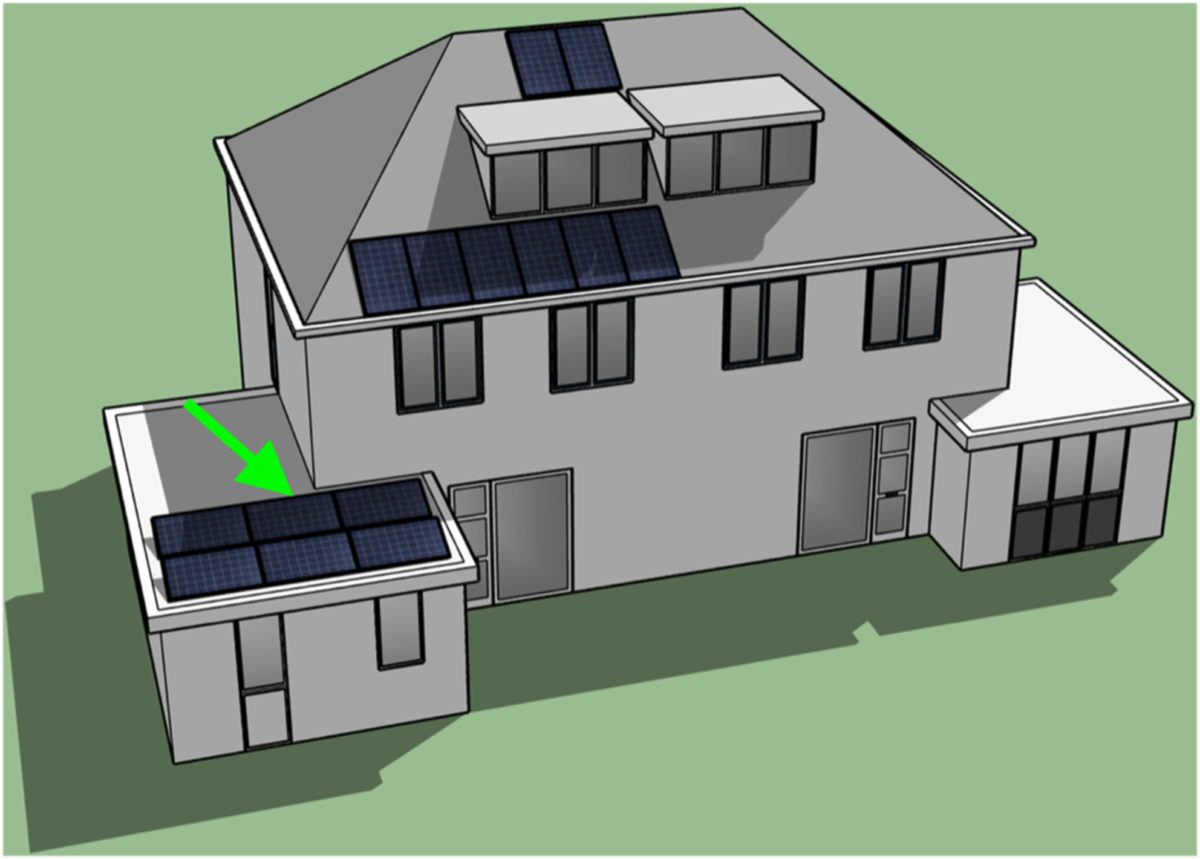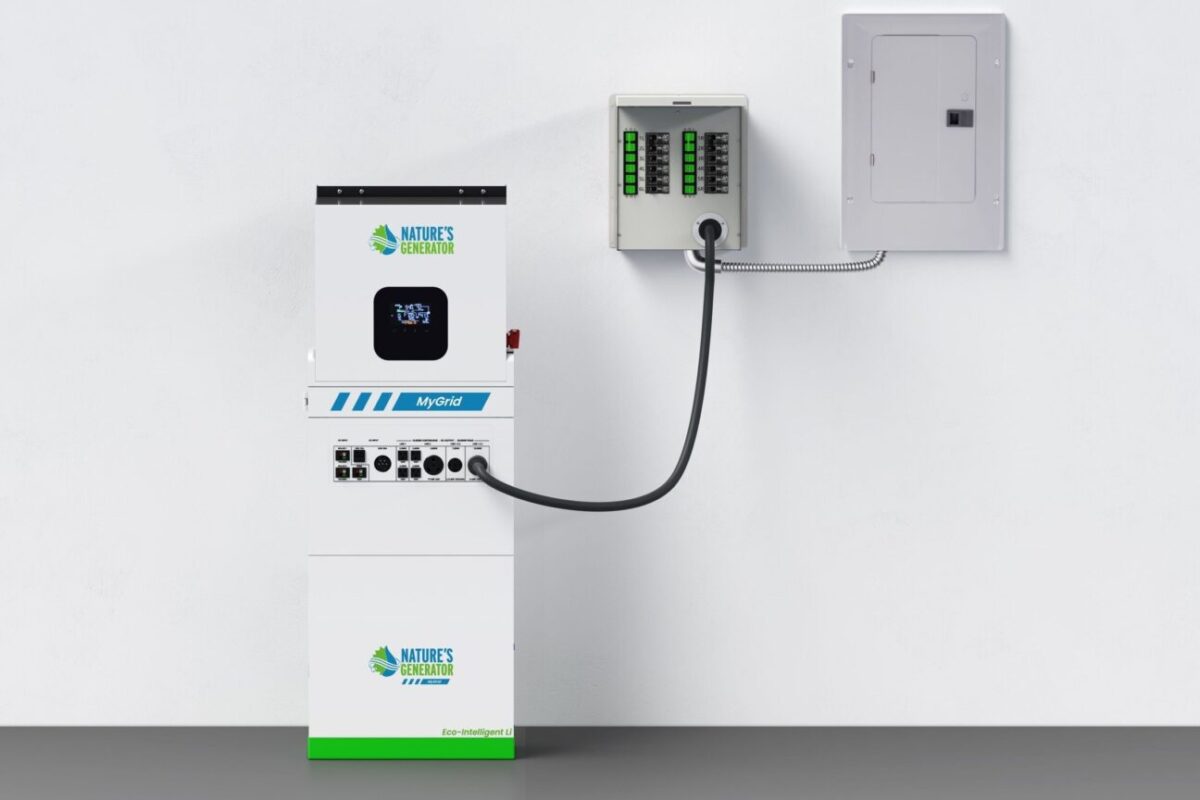Scientists from Utrecht University in the Netherlands have created a shadow-detection algorithm for rooftop PV systems. They claim that it can detect the moments in which systems start to malfunction, while distinguishing shadows from other causes of malfunctions.
The algorithm can be used for unsupervised, automated monitoring of partially shaded residential PV systems. The scientists claim that it can create a reference data set based on neighboring PV systems with similar characteristics.
“The new algorithm is based on two older algorithms, developed based on PV production data extracted using a testing facility, and it is adjusted according to the needs of data extracted from residential systems,” the researchers said.
The algorithm determines whether detected malfunctions were caused by shadows or other factors. It then creates a profile for each shadow affecting a system.
“The resulting shadow profile can be used to calculate the energy loss due to any obstacles and to predict the shadow in a future year in order to immediately distinguish it from any occurred malfunctions,” the research team said.
The group tested the new methodology on a large sample of PV systems, including some with string inverters, for different types of shadows. They said the new algorithm can isolate malfunctions due to shadows from the rest of the sample and estimate related power losses.
“Furthermore, by processing one full year of data with the proposed algorithm, the energy losses due to a potential shadow for future years can be estimated,” they explained. “Thus, any new observed power loss can be identified immediately and proper actions can be taken by the operator/owner of the system for very fast repairs.”
The researchers presented the novel methodology in “A density-based time-series data analysis methodology for shadow detection in rooftop photovoltaic systems,” which was recently published in Progress in Photovoltaics.
“The method is proven to be highly adequate in the presented examples and can be used as well in an online cloud-based monitoring platform, where the combined power data of neighbouring PV systems, in which panels are connected as strings to inverters, could form reference data for each monitored PV system,” they concluded.
This content is protected by copyright and may not be reused. If you want to cooperate with us and would like to reuse some of our content, please contact: editors@pv-magazine.com.




By submitting this form you agree to pv magazine using your data for the purposes of publishing your comment.
Your personal data will only be disclosed or otherwise transmitted to third parties for the purposes of spam filtering or if this is necessary for technical maintenance of the website. Any other transfer to third parties will not take place unless this is justified on the basis of applicable data protection regulations or if pv magazine is legally obliged to do so.
You may revoke this consent at any time with effect for the future, in which case your personal data will be deleted immediately. Otherwise, your data will be deleted if pv magazine has processed your request or the purpose of data storage is fulfilled.
Further information on data privacy can be found in our Data Protection Policy.